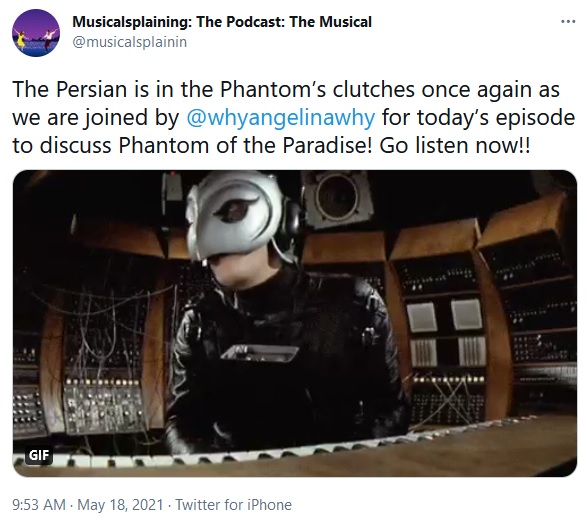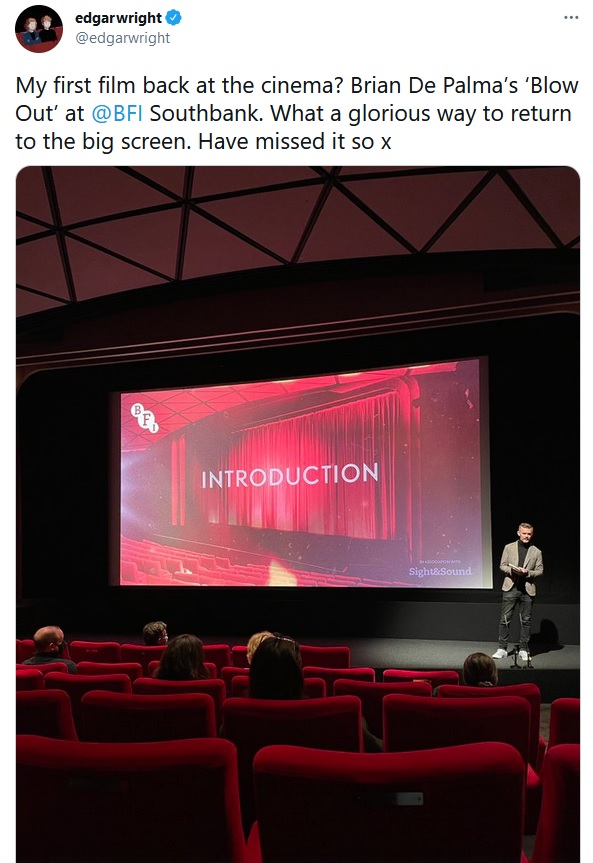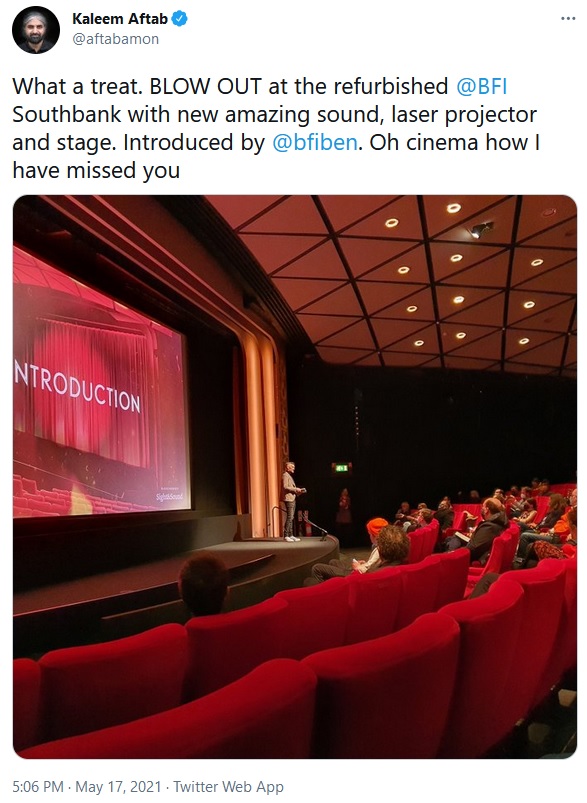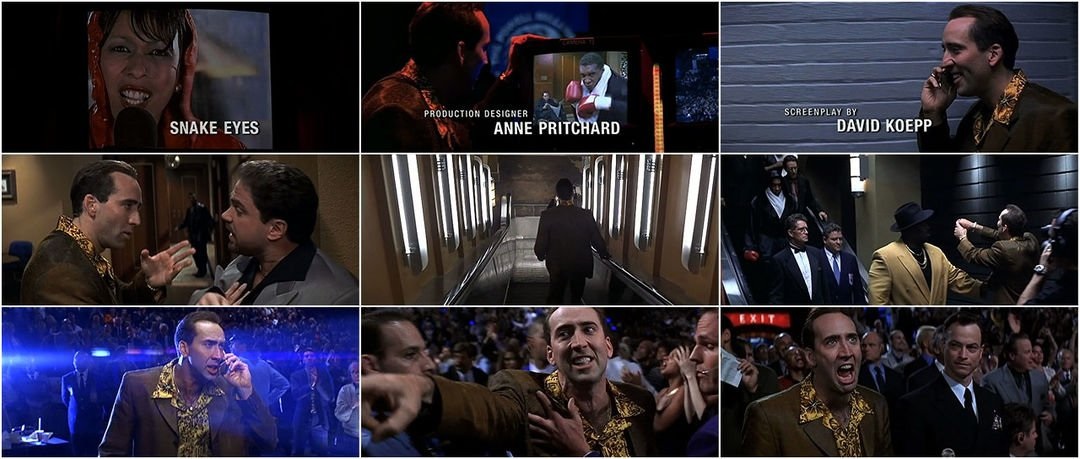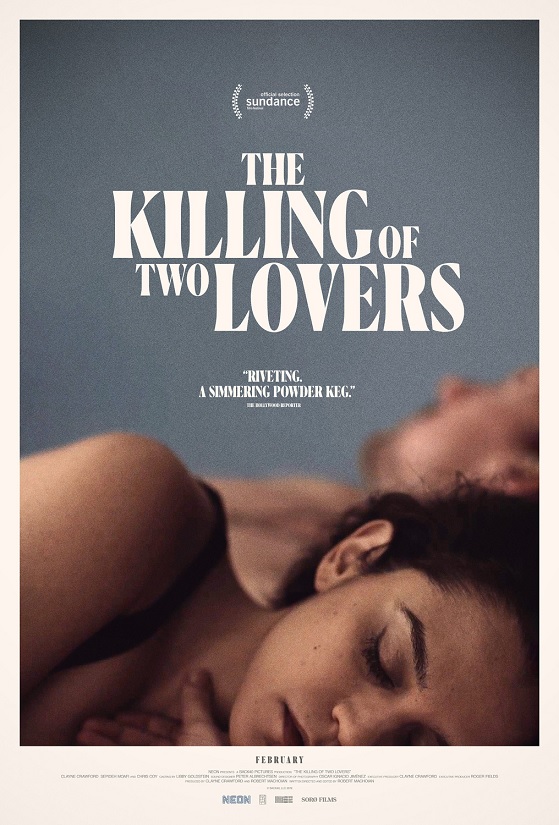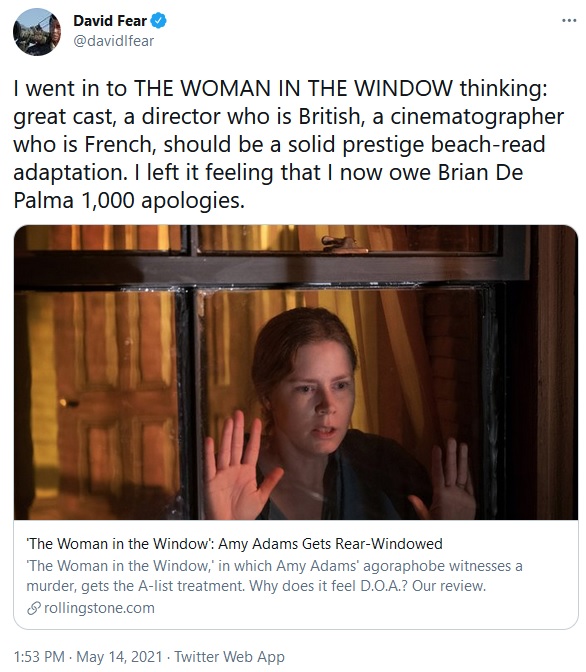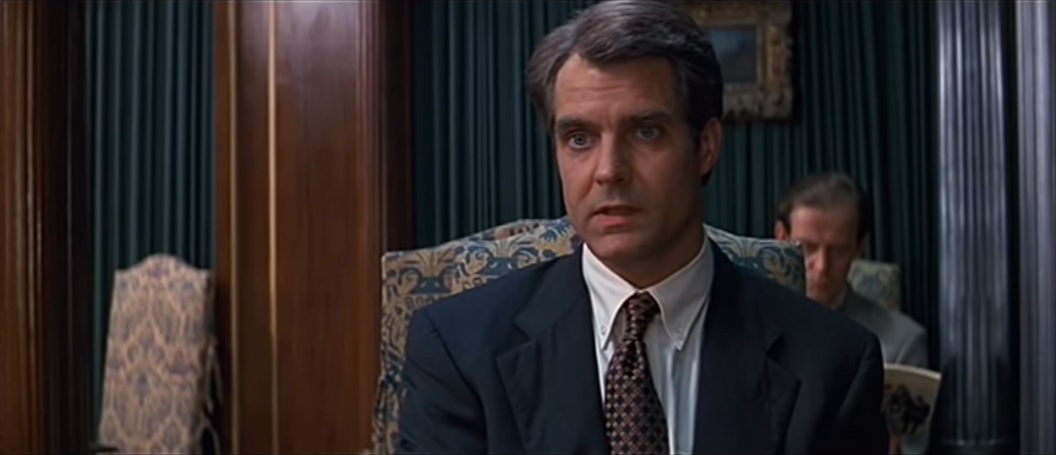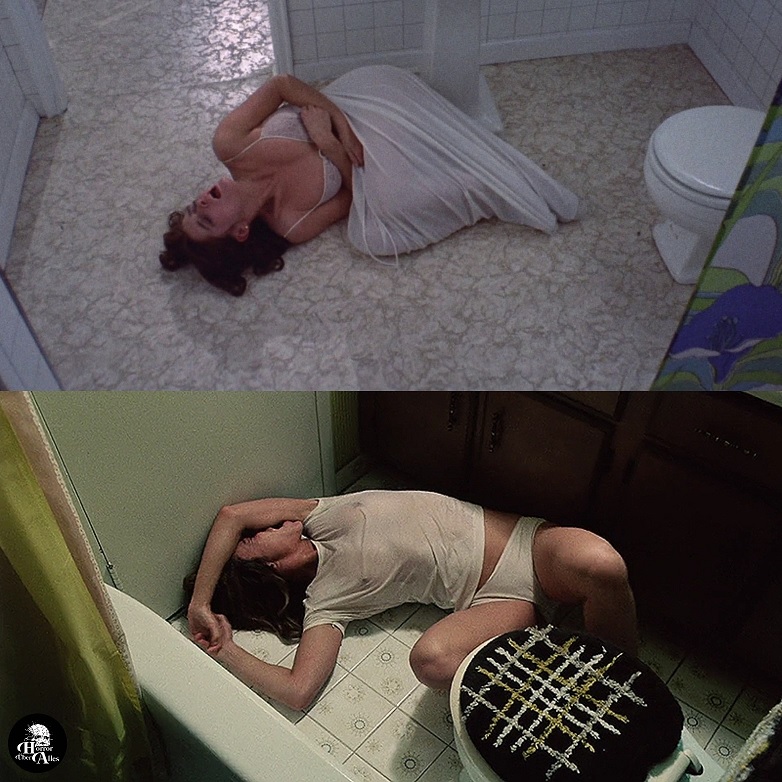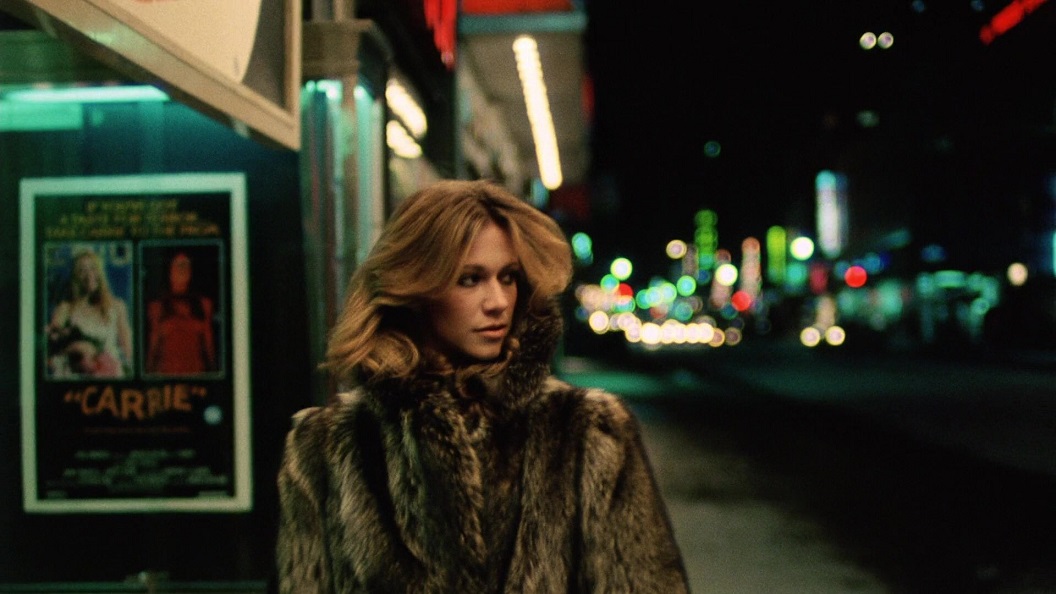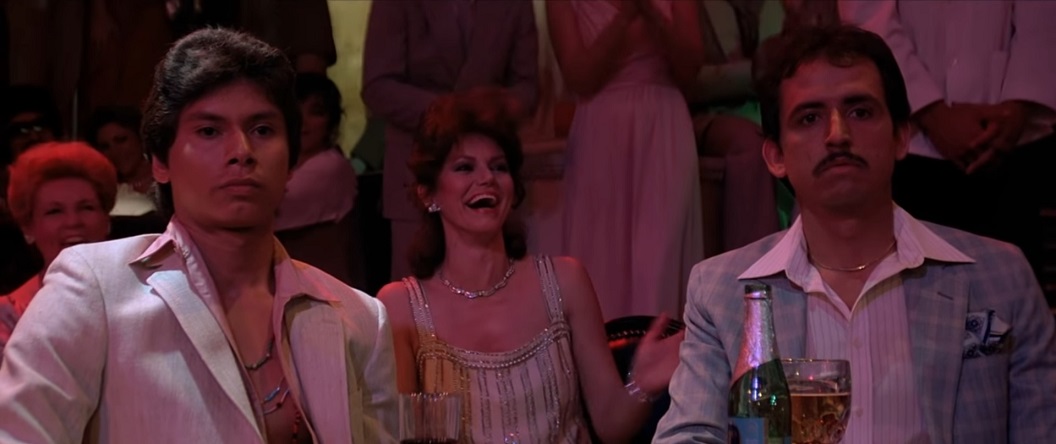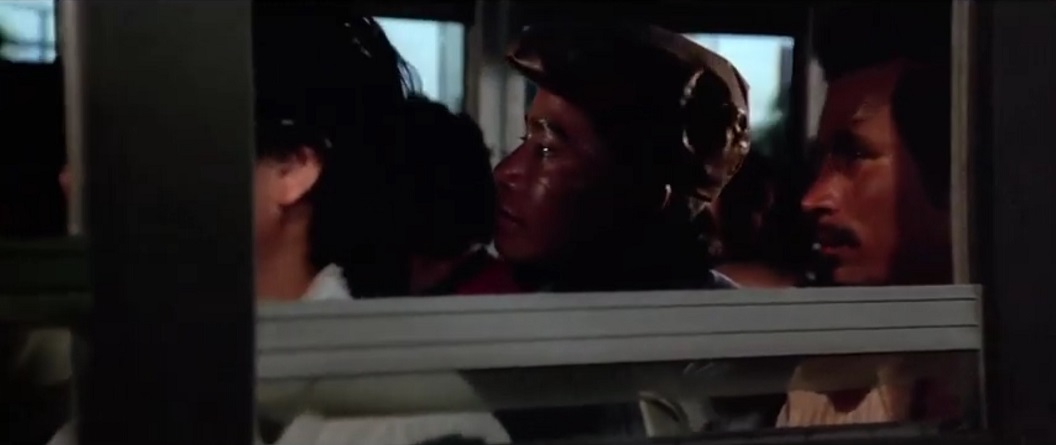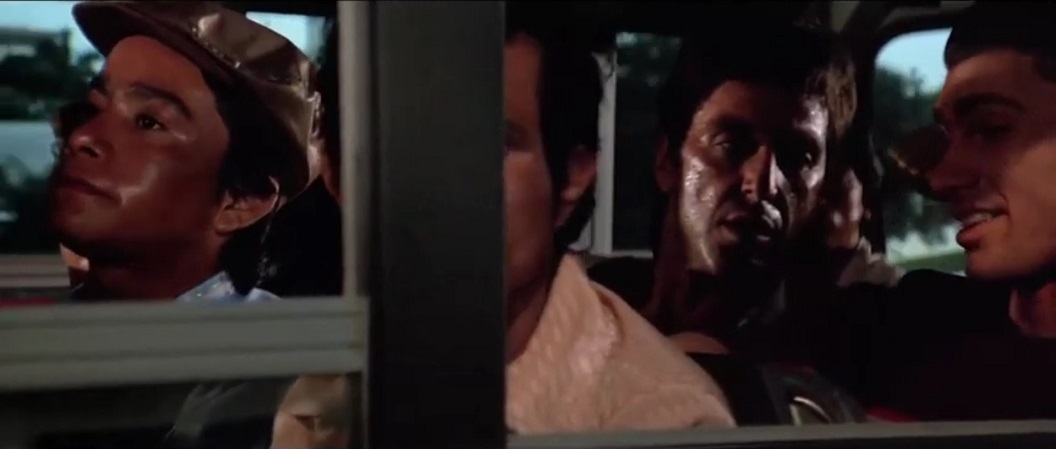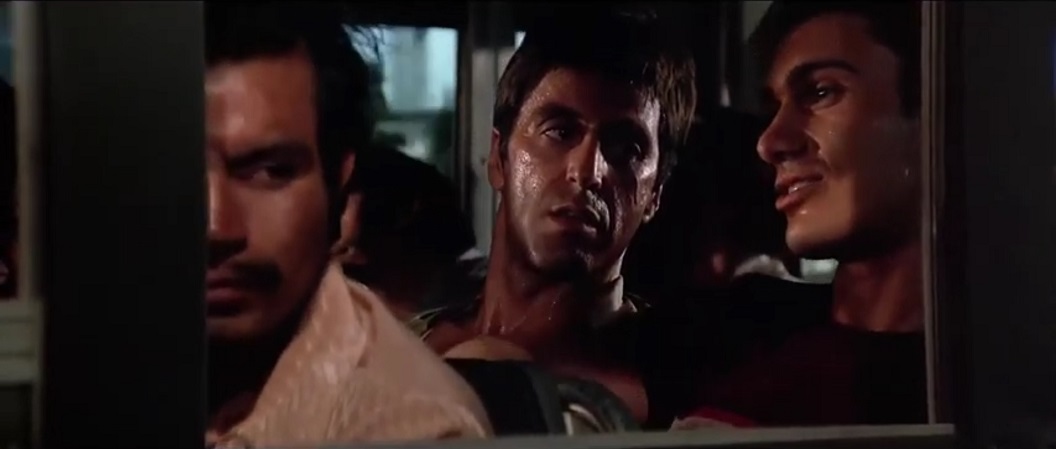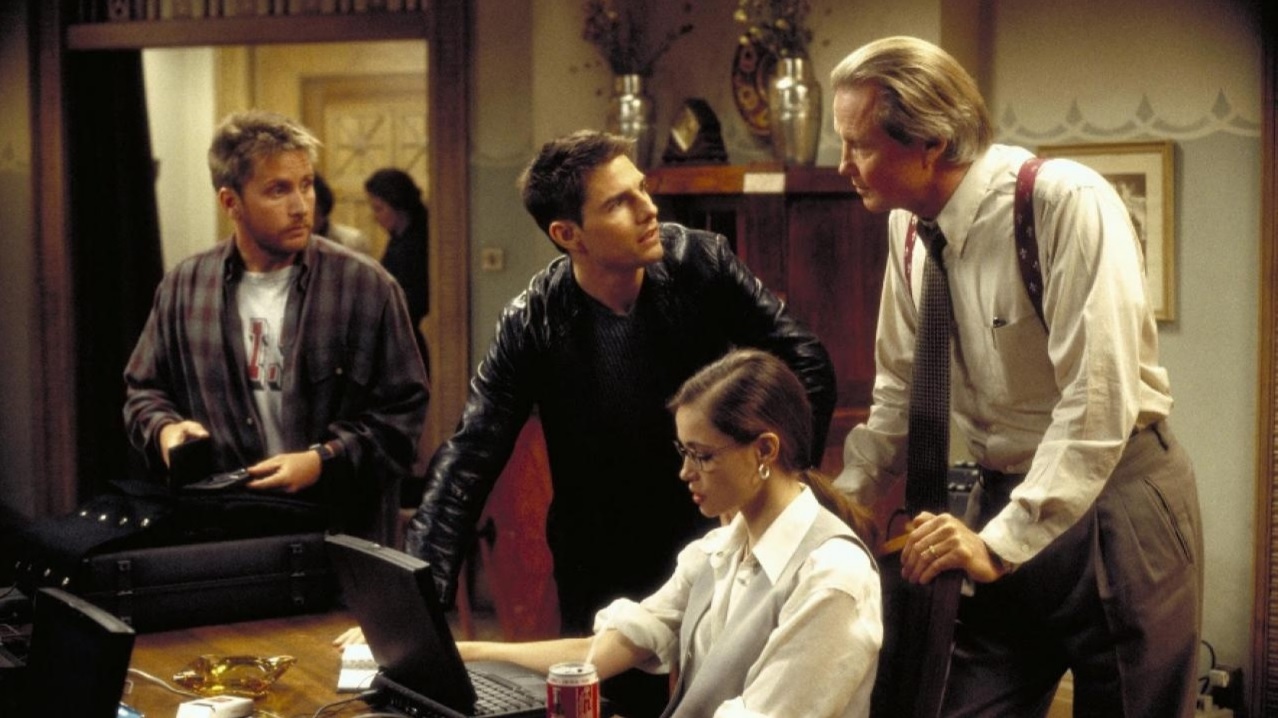What was the audition process like for the first Mission: Impossible? I met with Brian de Palma [and] read for him. I’d already done Clear and Present Danger. This was another Paramount movie, so they had an idea of what happens when I’m playing [a character from] the CIA or whatever head. Anyway, I auditioned for Brian, and then I went off to do a film in Brazil. Halfway through that film, I got a call that Brian and Tom and the rest of them wanted me to come in and [play] Kittridge for them.
Did you have any connection growing up as a fan of the original TV show?
I did indeed.
As I rewatched the film, I was reminded that you get to deliver some very memorable dialogue associated with the show, such as “Your mission, should you choose to accept it”. How did it feel for you to bring this iconic dialogue to life on the big screen?
I was very tickled. My brother and I used to watch the show, so it was fun to share that with him specifically. Just the idea that, lo and behold, in the journey that [I’m] on, you’re going to be guy that says, “Your mission, should you choose to accept it” in this Hollywood blockbuster? OK. OK, cool. That’s another flavor that I’ll enjoy.
What was it like to work with Brian De Palma?
For me, he was a visualist. One of the things he’s known for are his setpieces. Some would say [they’re] derivative, but everything’s derivative on some level. In terms of creating tension in a Hitchcockian way, he’s terrific. The break-in to the CIA is extraordinary, I think. And the lead-up to trying to find Ethan Hunt in the [apartment] building that we were in, in Prague where that was shot, was terrific. And of course the sequence in the Chunnel is extraordinary. You put Tom Cruise and Brian De Palma together, and you’re in for a good show.
Is it true that there wasn’t a finished screenplay when the film began shooting?
Kind of, yes. As a matter of fact, I went in to do the “Your mission, should you choose to accept it” prologue, I think, three times. I went up to Lucas’ ranch [Skywalker Ranch] just outside of San Francisco to [redo] voiceover for that. They were just trying to clarify some of the mission that people were confused about in some of the screenings. As a matter of fact, this one [Mission: Impossible 7] is even more fluid than the original, I remember. It’s pretty hard to imagine that on such a large-budget film, but one of the great things is that you get to go with a certain flow, depending on what’s showing up that week, to do with weather or locations or what actors are bringing. Both Tom and McQ [Mission: Impossible 7 writer/director Christopher McQuarrie] are extraordinarily adept at capturing something that seems to be more interesting than what might be on the page.
Going back to the first one, with the idea that the script might be constantly changing, do you roll with that as an actor?
No, I certainly don’t just roll with that. [laughing] I like to dig down. When action is called, I don’t want to have to be remembering my lines. I want to just forget that I even learned them and they show up in the moment. I’m not exactly Method, but I want the thing to fall out, as if you were that person. So that was a challenge. The aquarium scene, the “Red light/green light” scene – obviously, there was a lot of dialogue for Kittridge in that. The dialogue came not too far away from the day we were supposed to shoot it.
It was changing a little bit here and there. The gist of it was pretty much locked down a few days before we shot it. So I just spent a lot of time with the script, going over and over and trying to figure out where the nuances were. And why [Kittridge] was saying what he was saying, and all the sort of great stuff one normally does, just in a truncated amount of time.
What was Tom Cruise like as a scene partner?
Very focused. He was and always is. He’s profoundly focused, not just as an actor but as a producer. In anything he does, he commits to it 110% as it’s happening. You can see that in the stunts he does, in the preparation for the stunts he does. He doesn’t mess around. There is a certain playfulness about it, but when action is called, there’s no messing around. We’re gonna jump in here, as deeply as we can given the genre. So that was thrilling. It was great to act opposite that.
You mentioned the Hitchcockian tension, which comes to a head in the aquarium scene, as your character makes it clear that the opening setpiece was a mole hunt, and Ethan’s the presumed bad guy because he’s the only survivor. How did you work on achieving that tension – with dialogue coming so soon before the shoot – as the audience realizes Ethan’s on the run for the rest of the movie?
First of all, you have to lay in a belief that you have found the problem in the situation. And it’s your job to deal with that problem expeditiously and thoroughly. That’s the first thing, which is at absolute odds to what Ethan brings to the scene. Ethan’s point is, there’s a problem here. Kittridge’s point is, there’s a big problem here. And by the end of the scene, they both realize that each other is the problem. All the characters to a certain extent create heat for Ethan. Kittridge’s job is to put a fire within Ethan’s mind to solve what’s going on. He can’t use the CIA or the Impossible Mission Force to do it. He’s got to do it on his own. I had to come in with a surety, and make it clear to Ethan that his days as a mole are over.
You mentioned DePalma as a visualist in terms of your experience as an actor. I’m thinking about the canted angles he prefers, especially in this scene where the camera must have been placed at your feet looking up at your face.
Definitely. It was up the nose, [so] we made sure that there were no nose hairs that were going to keep people’s attention away from the scene.
That goes against the traditional shot/reverse shot angle for dialogue scenes. What was it like for you, knowing that you’re focused on the tension with the camera not in a normal location for the actor or the viewer?
That was weird, for sure, because one’s never been shot from that angle. But you know why he did it? To keep the aquarium in the frame at all times, to help with that tension. Ethan may be sinking in a pool; he’s a fish in a fishbowl. And of course what happens at the end is a [big] payoff. But basically, you just focus on what’s going on, what your character wants, what they’re getting back. Focus on that and let that fly.
And if there’s a problem with the delivery, or if the particular angle isn’t working or, or what you’re doing is not working given the particular angle, hopefully you have a director [who] will be able to explain it to you in a way that you can have somewhere in the back of the mind. So the next time you do it, you’re aware on some vestigial level that there’s a different approach necessary, even though the endgame is still the same.
I don’t want to play to the camera. Some people do. “You want my face? I’ll give you my face more.” And some people say, “Well, no, I wouldn’t do that.” Sometimes you’re in the midst of that usually in a television show.
While the first chunk of the film was shot in Prague, that restaurant with the aquarium was a set, right?
Yeah, it certainly was. It was in England. That was Pinewood Studios. That was not in Prague.
At the end of the explosion, it looks like you ducking over as the water is let loose – was it you or a stuntman?
Yes, that was just a big barrel of water. I think we reset the main event twice. There are bits and pieces that you pick up along the way. Once you’ve got the scene, all the essentials, then you go in and pick up what you can or what you want. If you have the time – and on these films, usually you do have the time. So, Kittridge being overwhelmed with water was basically a close-up again, of almost the same angle, camera protected, and a big bucket of water, a big barrel of water just off camera, coming down over some stuff and onto Kittridge.
What was that like? What was the feeling of having that barrel of water dumped on you twice?
Well, you’re part of the team. If you look at what Tom’s doing, and now that we have the franchise to look back on, this was just the beginning of what he was going to do over the next 25 years. His commitment and his wanting to be in the octagon, if you will, as the stuff is flying has become his trademark. That’s something he wanted to do. He doesn’t say “Yeah, I’ll be in my trailer while the stunt guy does my stuff.” No, [he] wants to do as much of it as [he] possibly can because that’s the thrill of it. There’s something about doing [stunts] in real time, as opposed to in the studio, months later with CGI and Tom is very much like that. So if he’s doing it, you know, I’m going to take a bucket of water, big deal.
As I was watching the film again, I was really struck by, as you said, this being the start of Tom Cruise doing something death-defying. I have to imagine that was pretty intense.
Yeah. And frankly, I don’t know how they got insurance to do some of the stuff. The stunts are becoming so incredibly amazing and require a great deal of precision. They prepare for months for some of the stunts he’s doing now. I’m not sure how long they prepared for [the aquarium], but certainly as he’s running out of the restaurant, there are any number of things that could not go the way they have gone in rehearsals and in preparation for the week ahead of it, and that’s Tom doing it. So there’s a lot of nail-biting when action is called and dude’s got to do the thing and run around the glass. They try and pepper it with rubber glass, but still. One slip and we’re not shooting for a few weeks. But they make sure [stunts] are as safe as they can be, but there’s always an element of risk to them. The outcome may be somewhat contrived, but the particulars within the road to the end of that outcome can be quite painful. And if not executed well, could send you to the hospital.
You spent a lot of time on the film with actor and ex-military man Dale Dye. What was it like to have him by your side, especially since your character has a kind of a love/hate relationship with Barnes?
Well, these are the colors that you bring to the rainbow of Mission: Impossible. You know, Kittridge gets bested by Ethan. So Kittridge tries to best somebody else. You know, generally in life, you’ve got a manager who’s being barked at by the CEO, and then he or she comes in and starts barking at the people under her or him to get rid of that feeling. I mean, Dale was terrific. I loved having him around because here’s the guy that – you know, do we have guns in the scene? Yes. How do we hold them? You know, we went through training to a certain extent, but to have somebody who’s been through it, on this fantastical ride – this is not the way the CIA operates generally, of course – but to have someone who’s been in the real field to just tweak it here and there within the genre that we’re shooting is invaluable. Yeah. It was lovely.
There’s so much dry humor to how you bring the dialogue to life. In terms of the direction, was there a sense of how the character’s personality would come to life? Or was that a choice that you made?
I think that’s a choice I made [laughing] because of my sense of humor to a certain extent, which can be overwhelming sometimes for other people, never for me. But also because I try not to deliver people who relish being bad guys. I think everybody wakes up in the morning thinking they’re not going to do that today, or if they are, there’s going to be something they love about what they’re doing. And the people who are the other end of the stick deserve it on some level. But the genre demands that we have good and bad to a certain extent. But one tries to flesh it out, as much as you can without tipping the genre. So, humor, if I can, will go in there.
I know that this iteration [Mission: Impossible 7] has perhaps more depth, but at the same time, a little more humor in it. Simon Pegg brings a beautiful color of humor to the franchise. It was lovely to see that nourished and blossom in the franchise. But…what’s the word I’m looking for? [The humor was] infused on purpose, let’s say. It was a conscious effort.
When the film opened, it was a big success. Was there any hope or expectation you had that Kittridge would find his way back in the second movie?
Yes, there was. How candid can I be here? Let’s see. Not that it’s all that important because it’s about something that’s in my imagination. I’ll give you a long story. So, [on] Clear and Present Danger, there was no time [to prepare]. When this came up, I thought, “Well, I best go to the CIA and see what the heck these guys really do if I can.” So I made appointments and I went to Langley, visited people and chatted about Clear and Present Danger.
And they basically talked me through how stuff might work. Of course, nothing classified, nowhere near it. I know it’s a fantasy project to a certain extent. This is not the way it works, but it’s kind of the way it works. So [they said] “Here are the particulars that we can share with you. We’ve got a liaison that will walk you through.” So that was great. So I put that in my pocket thinking when I come to the next iteration where I’m supposed to portray someone from that agency or the like, I’ll know more about it.
So I got the [Mission: Impossible] script, which was somewhat fluid. And I was new to Hollywood. This was my second big film. I thought, “Well, that’s my job.” And it has been my job in the past. I was in the theater for 10 years. You know, when you’re doing a new play, a workshop, you go away, you study up on who you’re playing and you bring bones to the writer. You dig them up and you bring them in. Some are used, some are, “No, thank you very much.” I tried that on Mission: Impossible, and of course it didn’t fit because it was not that kind of film. And it took me a while to figure that out. So as a young and full-of-it actor, I [thought] “Well, that’s interesting. They’re not really using all the stuff I brought them.”
We shot the film. That was all fine. That was great. Afterward I had a meeting with Paula Wagner [Mission: Impossible producer and Cruise’s former agent]. Even if I went on for 30 seconds, that would have been too long, given where I was in Hollywood at that time, about how we might really want to revisit Kittridge, given this and that. I have a feeling I just dumped a lot of dirt on top of me at that lunch.
So they moved on to Anthony Hopkins, thank heaven. And they had a different Kittridge each [film] and I think that was part of the plan. I think everybody was going to go, including Ving [Rhames]. They decided at some point to hold on to Ving’s character, as a part of the maypole, if you will, around which the rest of it dances. So I kind of burned my own bridge there. And lesson learned. Not “Don’t do your homework.” By all means, do your homework as much as you can, pack your bags, bring them, open your bags. And if anybody’s not interested in what you’ve packed, fine, just close them up and enjoy that you’ve learned a bunch of stuff. Just deliver as much as you can in the genre that you’re in.
With Mission: Impossible 7 delayed again, it’ll be 26 years for you between appearances. What was it like getting the call to return?
I got the call, by the way, 25 years to the day, practically.
Wow.
25 years almost to the day. I was in Brazil in mid-January in 1995 [when I got the first one]. And in 2020 in mid-January, I got a call from my representative saying that McQ wanted to talk about bringing Kittridge back. “What do you think?” [I said,] “Where are the clowns?” And they were serious. So I had a chat with McQ and he was very candid. “Look, I don’t know exactly, but I do know I wanted this character back. I want to dig around with Kittredge. Are you up to it?”
I thought about it for a couple of minutes and said “Let’s do it.” One of the cool things is, what has [Kittridge] been doing all these years? McQ wasn’t all that concerned about that. I was. I decided that he’d been to all the agencies on some level or other, had a good idea now of how the game is played and what his place is in this mechanism of national intelligence. I figured he’d been through all of them at this point, and he’d been schooled by Ethan 25 years ago. He’s known Ethan, he’s known he’s done these things, and he knows that Ethan is someone to go to, but he also feels that it’s not ever good to have one person controlling anything.
So that plays out a little bit. There’s a respect, but at the same time, it’s like fire. We need fire because we’ve got to cook, but you got to be careful with it. If you let fire do what it wants, you’re in trouble. The relationship that they had in the first one, Ethan schooling Kittridge on who the mole really was and catching the mole, was the springboard to 25 years of Kittridge going through different agencies so he wouldn’t be schooled again.
.
